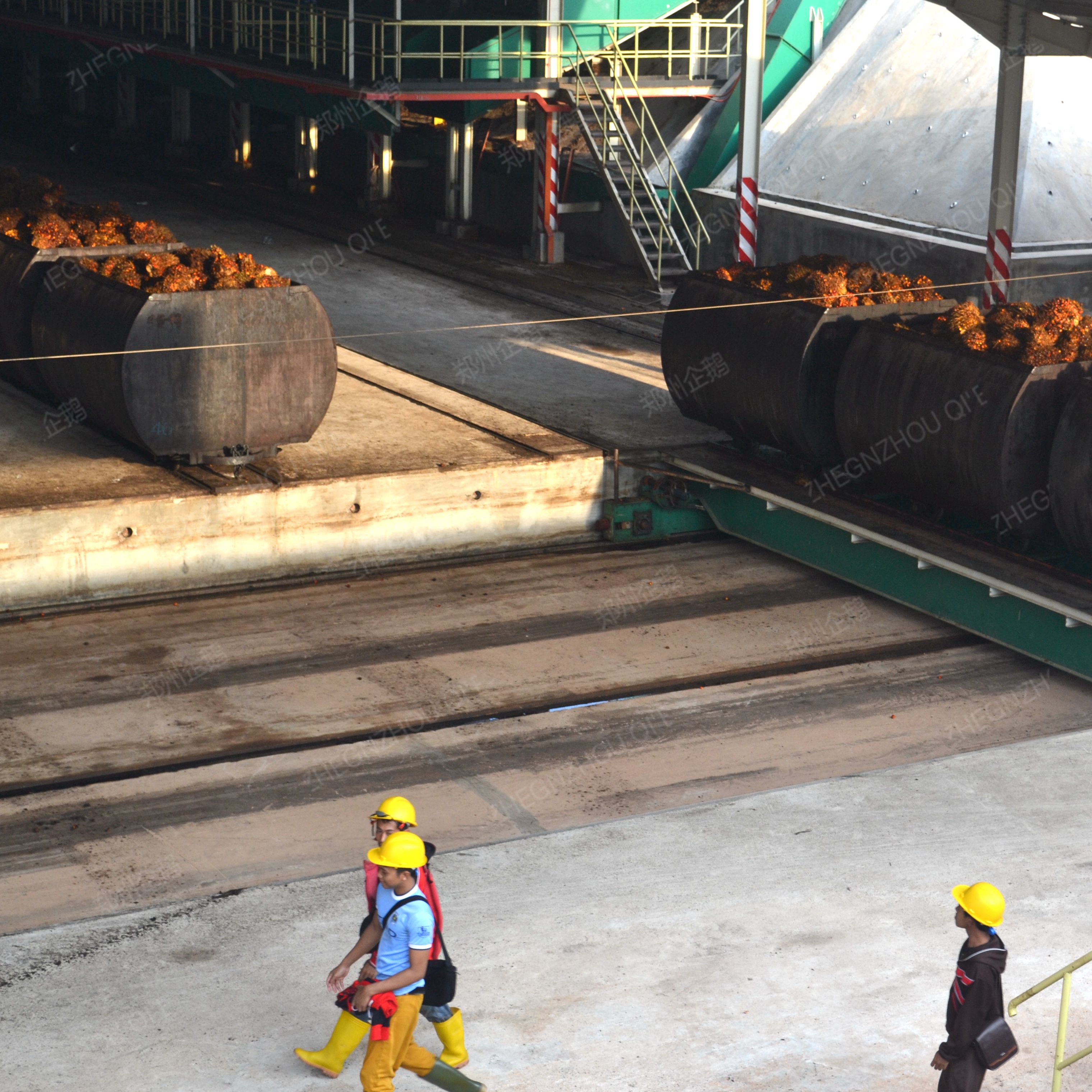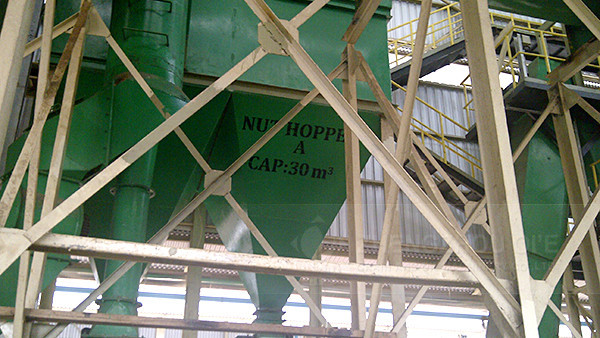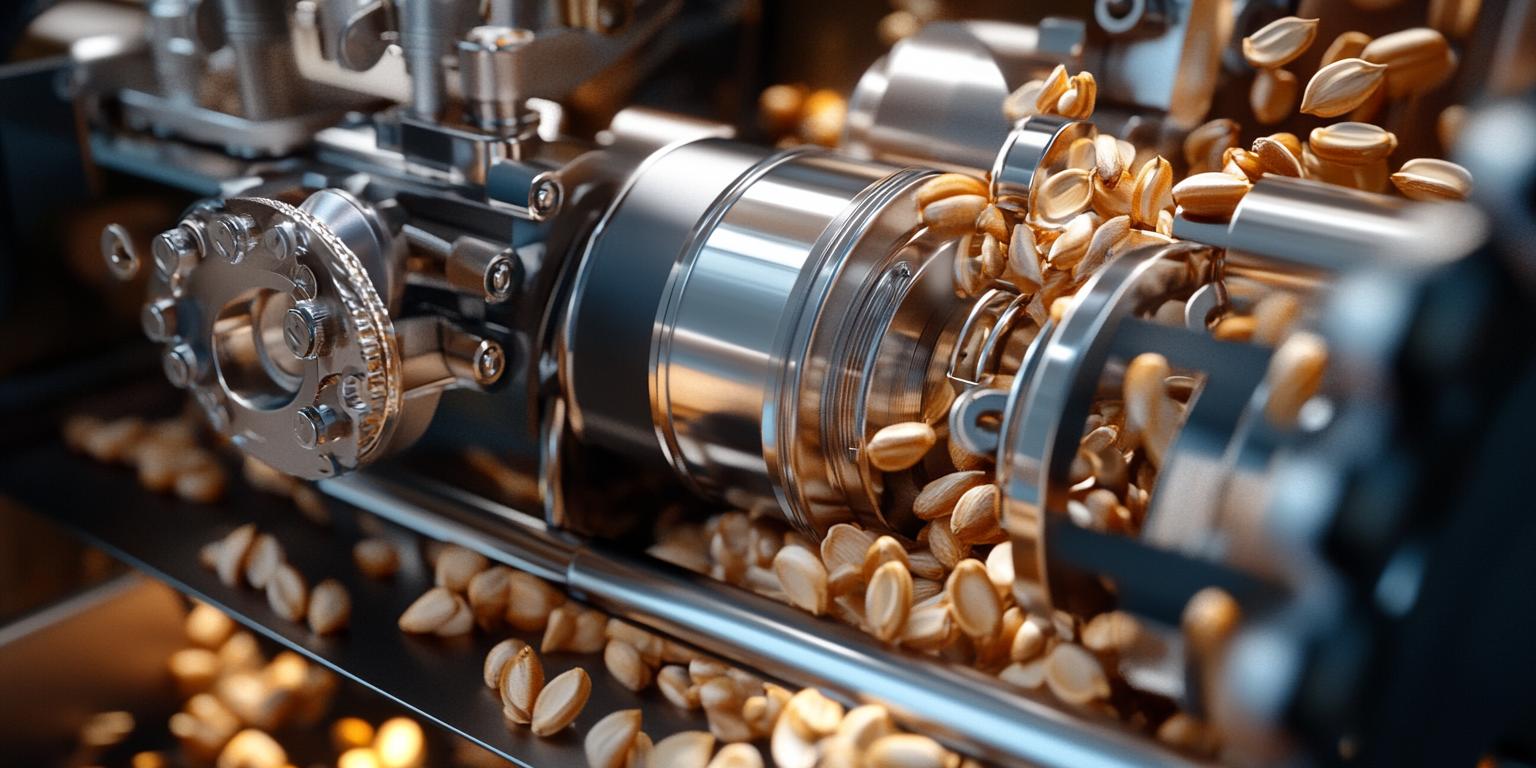
The adoption of food-grade 304 stainless steel in sesame oil processing equipment plays a pivotal role in enhancing product quality, ensuring hygienic safety, and optimizing operational efficiency. Its high corrosion resistance, excellent mechanical strength, and inert surface chemistry make it the material of choice for fully enclosed sesame oil extraction systems. This article explores the core benefits of 304 stainless steel in this sector, with a focus on contamination prevention, microbial control, and maintenance protocols designed for small-to-medium grain and oil processing enterprises.
Food-grade 304 stainless steel is renowned for its non-reactive surface that prevents interaction with oil components, preserving the natural aroma and nutritional profile of sesame oil. Its resistance to oxidation and acids resists material degradation often caused by routine cleaning and processing conditions. Compared to alternative materials, 304 stainless steel reduces the risk of metal leaching, a crucial factor in maintaining compliance with international food safety standards such as FDA and EU regulations.
Moreover, the fully enclosed design of sesame oil production lines, typically fabricated of 304 stainless steel, facilitates a sterile processing environment. This enclosed system architecture markedly reduces exposure to airborne contaminants and minimizes cross-contamination risks, which are critical in preventing microbial proliferation during cold-pressed oil extraction.
Cross-contamination remains a significant challenge in sesame oil manufacturing. The presence of residual raw material, combined with humidity and temperature fluctuations, creates ideal conditions for microbial growth, including mold, yeast, and bacteria. According to industry studies, improperly cleaned equipment can lead to microbial loads exceeding safety thresholds by more than 40%, posing health hazards and shelf-life reduction.
Implementing comprehensive cleaning and sanitation protocols is essential. The smooth, non-porous surface of 304 stainless steel simplifies cleaning operations, enabling thorough elimination of organic residues and microbial biofilms. Additionally, its compatibility with various cleaning agents ensures chemical resistance to detergents and sanitizers used during production.
The hygienic design of sealing structures in stainless steel processing equipment significantly influences production sanitation. High-quality gaskets and seals made from FDA-compliant materials complement the 304 stainless steel framework to create airtight compartments. This approach effectively reduces microbial ingress and maintains product integrity throughout processing.
The integration of CIP (Clean-In-Place) automatic cleaning systems further elevates sanitation standards by enabling regular, efficient cleaning cycles without disassembling equipment. A typical CIP process involves stages of pre-rinse, alkaline wash, acid rinse, and final sanitization. When applied to fully enclosed 304 stainless steel systems, CIP reduces cleaning downtime by up to 30% and decreases chemical consumption by 15%, yielding operational efficiencies and consistent hygiene.

Routine maintenance of 304 stainless steel equipment extends lifespan and maintains hygiene compliance. Recommended practices include:
| Maintenance Task | Frequency | Key Points |
|---|---|---|
| Visual Inspection | Daily | Check for corrosion, wear on seals, debris accumulation. |
| CIP Cleaning Cycle Review | Weekly | Verify detergent concentration, temperature, and flow rate. |
| Seal and Gasket Replacement | Quarterly | Use FDA-approved replacements to maintain integrity. |
| Deep Cleaning & Sanitization Audit | Bi-Annually | Comprehensive microbiological testing and surface treatment. |

A mid-sized sesame oil company in Henan Province incorporated food-grade 304 stainless steel and CIP systems into their new fully enclosed production line. Over 12 months, microbial contamination rates dropped by 55%, and customer complaints related to off-flavor and oil rancidity decreased by 37%. Simultaneously, the plant achieved a 20% reduction in downtime due to cleaning, enhancing overall production capacity.
Conversely, a smaller facility that neglected seals and used substandard cleaning agents experienced recurring bacterial contamination, resulting in product recalls and a 15% loss in market share within one year. These examples underline the necessity for a holistic approach combining superior materials, stringent hygiene design, and disciplined maintenance.

For SMEs in grain and oil processing, the investment in 304 stainless steel machinery integrated with CIP systems represents a long-term strategy to enhance product trustworthiness and regulatory compliance. Low operational disruption, reduced chemical usage, and simplified cleaning protocols translate into cost savings and sustainable quality improvements.
Establishing scientifically grounded hygiene management protocols that encompass equipment material selection, structural design, and cleaning schedules is essential. Industry-focused training and clear SOPs further ensure consistent implementation, fostering a culture of quality and safety.
We invite industry professionals and sesame oil producers to share their experiences and insights on equipment hygiene management. Please participate in our quick survey on hygiene practices in sesame oil processing or leave your thoughts below to contribute to collective advancement.